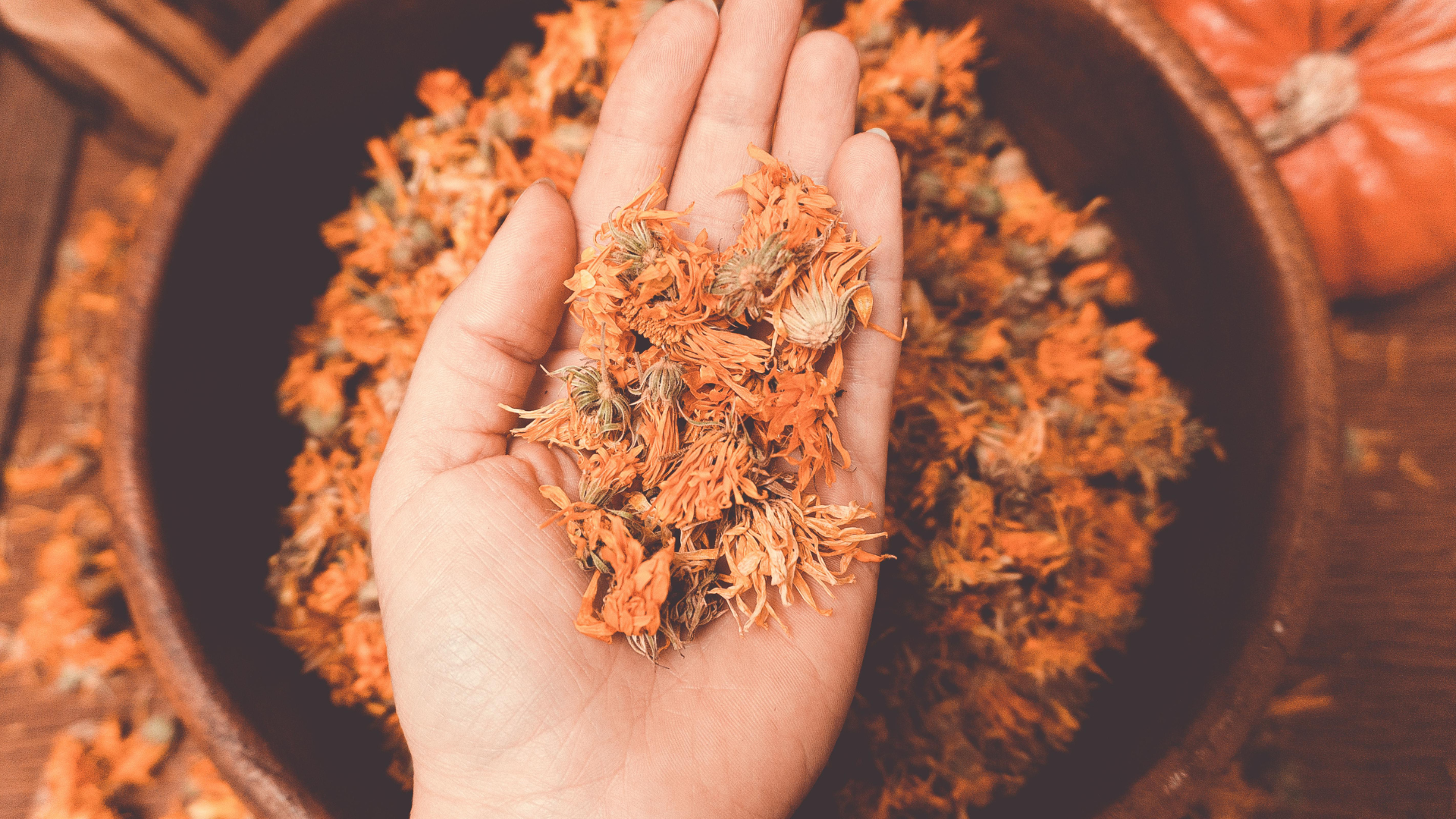Panchakarma: The Sacred Detoxification Journey in Ayurveda
Jul 07, 2025
Panchakarma: The Sacred Detoxification Journey in Ayurveda
Introduction:
In the ancient science of Ayurveda, optimal well-being is not merely the absence of disease but a harmonious balance of mind, body, and spirit. Panchakarma, a cornerstone of Ayurvedic healing, is a profound detoxification and rejuvenation therapy designed to cleanse the body of accumulated toxins, restore balance to the doshas, and revitalize the entire being. Let's embark on a journey to understand the essence, process, and transformative power of Panchakarma.
Understanding Panchakarma:
-
The Five Actions:
"Pancha" means five, and "Karma" denotes actions. Panchakarma comprises five therapeutic actions that work synergistically to purify and rejuvenate the body. These actions are Vamana (emesis), Virechana (purgation), Basti (enema), Nasya (nasal administration), and Raktamokshana (bloodletting).
Holistic Detoxification:
Panchakarma is not a one-size-fits-all approach; it is a personalized journey guided by the individual's dosha constitution, imbalances, and unique needs. This holistic approach addresses physical, mental, and emotional aspects, aiming to eliminate toxins (Ama) and restore the body's innate healing capacity.
The Panchakarma Process:
-
Purvakarma (Preparatory Phase):
Before the main Panchakarma procedures, an individual undergoes Purvakarma. This phase involves preparatory treatments such as oleation (Snehana) and sweating (Swedana) to mobilize toxins from the tissues towards the gastrointestinal tract. -
Vamana (Emesis Therapy):
Vamana involves controlled vomiting to expel excess Kapha dosha. This process is beneficial for conditions such as respiratory disorders, allergies, and skin issues. Following Vamana, a soothing diet is gradually reintroduced. -
Virechana (Purgation Therapy):
Virechana focuses on cleansing the body of excess Pitta dosha through the controlled administration of purgative substances. This aids in alleviating digestive issues, skin disorders, and liver conditions. A gentle diet is reintroduced post Virechana. -
Basti (Enema Therapy):
Basti, or medicated enema, is a vital Panchakarma procedure for balancing Vata dosha. It nourishes and strengthens the body, improves digestion, and addresses issues related to the nervous system and joints. Basti is often performed in a series, with an interval between sessions. -
Nasya (Nasal Administration):
Nasya involves the administration of medicated oils or herbal preparations into the nasal passages. This therapy is beneficial for disorders affecting the head, neck, and respiratory system, as it helps clear congestion, improve mental clarity, and balance Kapha and Vata doshas. -
Raktamokshana (Bloodletting):
Raktamokshana is rarely performed in modern Ayurveda but may be recommended in specific cases where excessive Pitta is present. This procedure involves the controlled removal of a small amount of blood to alleviate conditions related to blood toxicity.
Post-Panchakarma Care:
After the completion of Panchakarma procedures, a systematic post-treatment regimen is followed to support the body's healing process. This includes a phased reintroduction of diet, lifestyle modifications, and the incorporation of Rasayana (rejuvenation) therapies to further enhance overall well-being.
Benefits of Panchakarma:
-
Deep Detoxification:
Panchakarma targets the root cause of imbalances, facilitating the removal of accumulated toxins from deep within the tissues. -
Balancing the Doshas:
By addressing specific doshic imbalances, Panchakarma restores harmony to Vata, Pitta, and Kapha, promoting overall health. -
Enhanced Digestion:
The therapies in Panchakarma strengthen the digestive fire (Agni), leading to improved digestion and assimilation of nutrients. -
Mental Clarity and Emotional Well-being:
As toxins are eliminated, the mind experiences clarity, and emotional well-being is fostered, contributing to a balanced and centered state.





